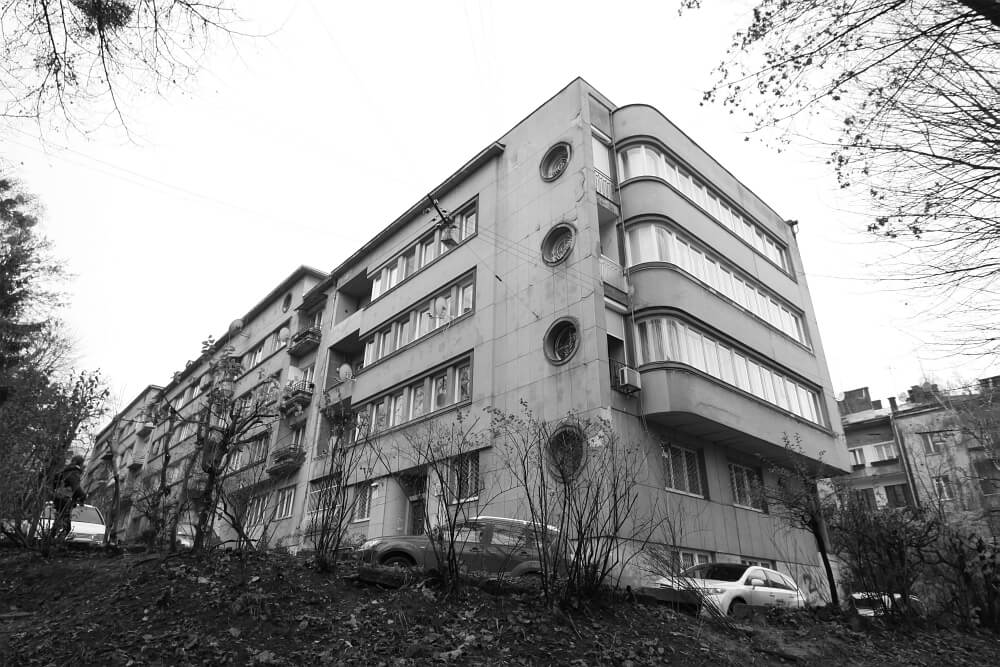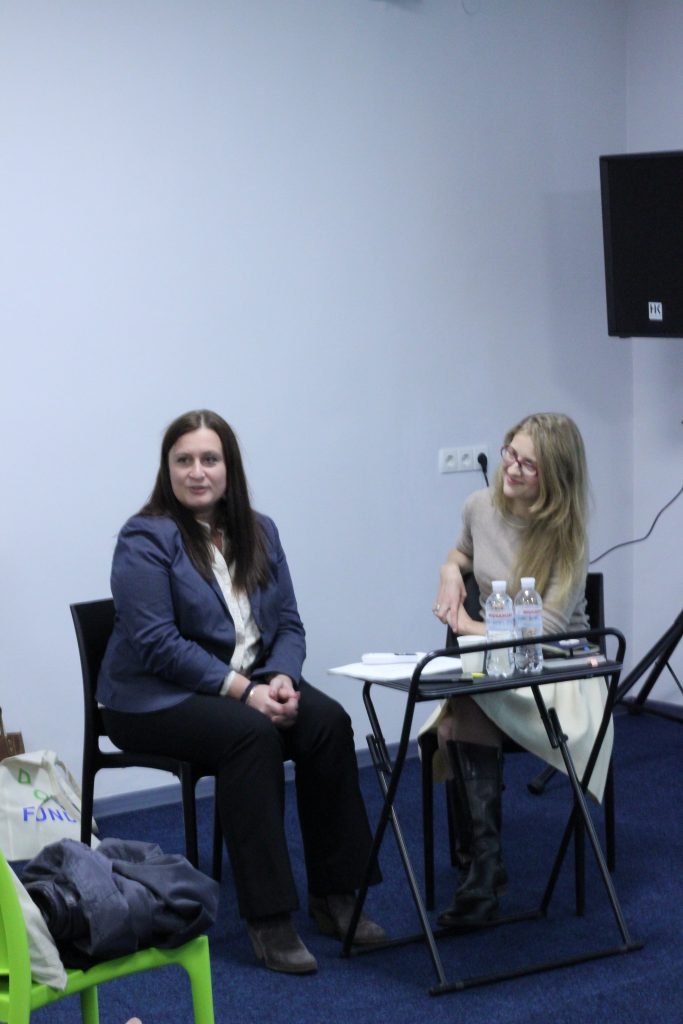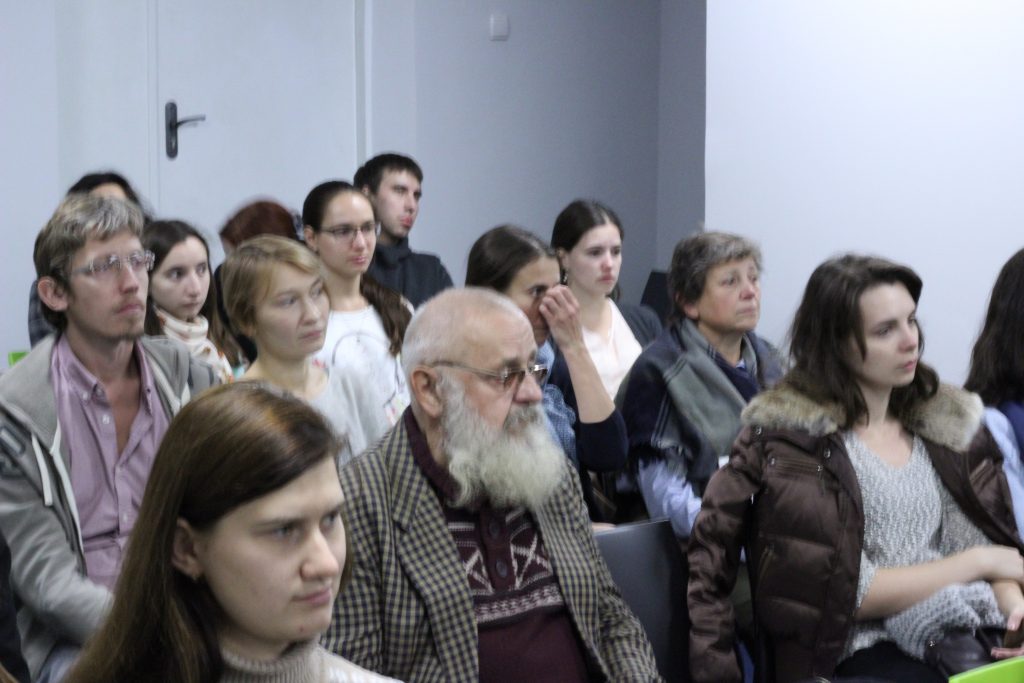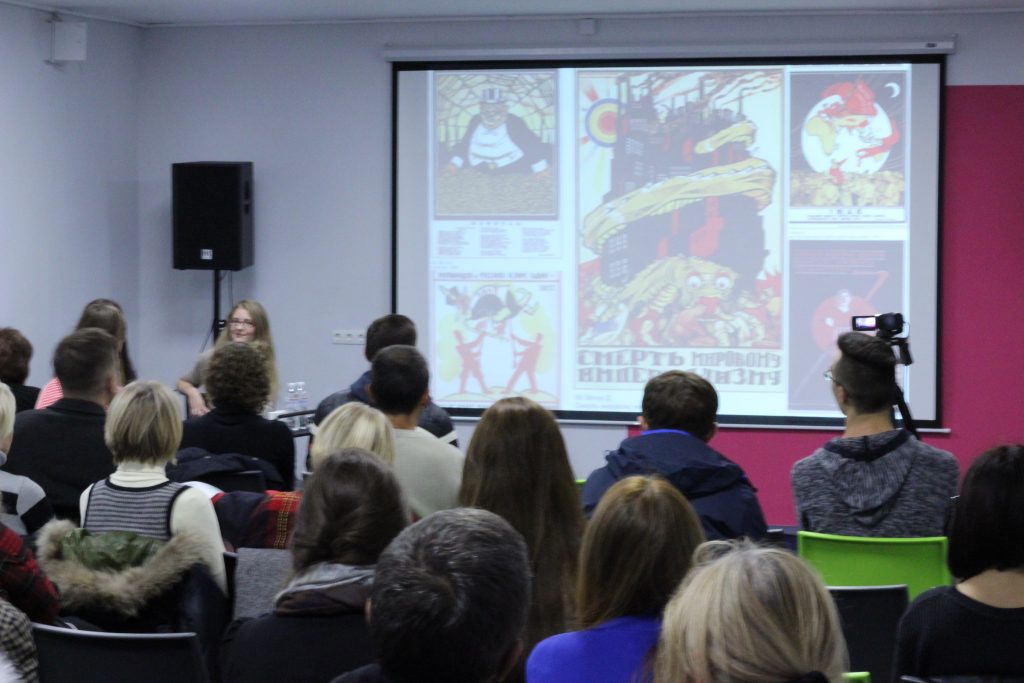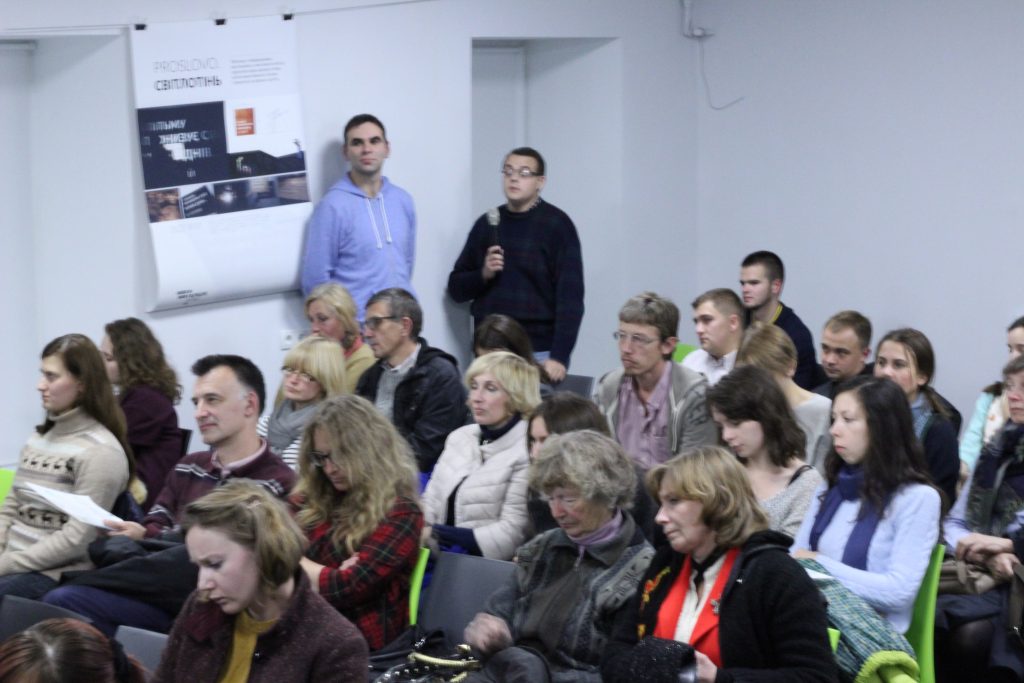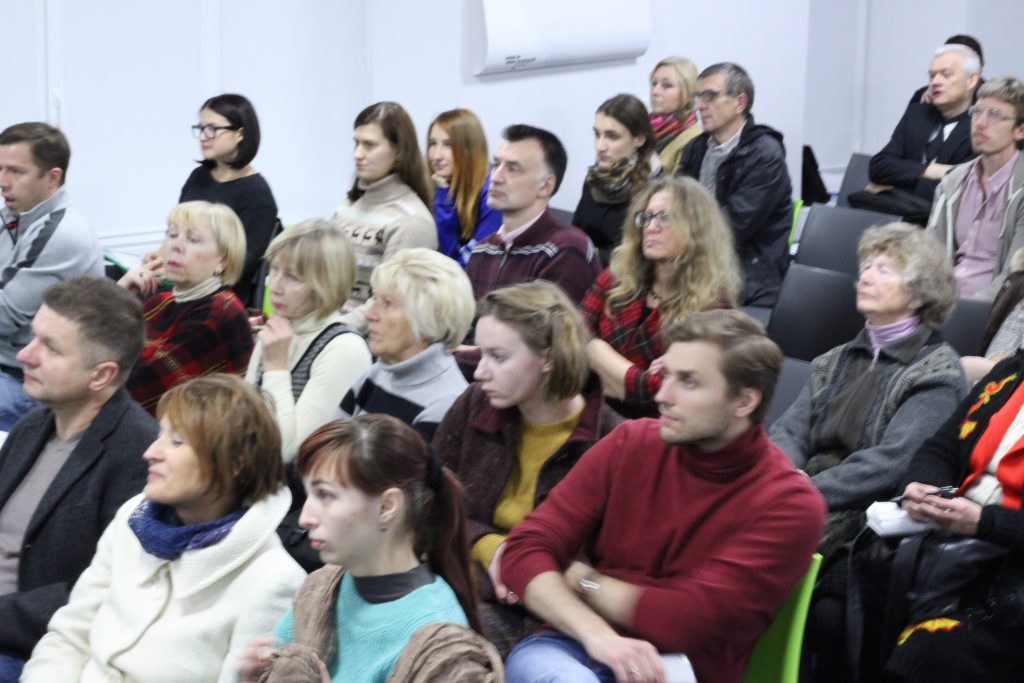Modernism of Lviv and Kharkiv: Between the "Bourgeois" Functionalism and Socialist Constructivism
12.10.2016
Kharkiv, "Studio 42", Constitution sq., 1, second floor
After the First World War and the collapse of great empires, Lviv found itself as part of the Polish state, while Kharkiv was part of the Soviet Union. The two cities were on the steady course towards the 20th century and acquired the features offered and dictated by the new times and circumstances. The Polish state and Soviet Ukraine created different political models. What was the impact on the new forms and means of expression in architecture? What were the main tasks that authorities posed to architects and what was the role of a person thereby? What is the Avant-garde architecture in Lviv/Lwow and in Kharkiv like? What is the difference between functionalism and constructivism? What was the impact of the interwar architecture on the aesthetics and practices in the USSR? The questions, among others, were considered by the researchers from Lviv and Kharkiv in the discussion format.
Yulia Bohdanova
is an architectural historian, a lecturer at Lviv Polytechnics, co-author of the books “Architecture of Lviv. Time and Styles of the 13th – 21st century”, “Secession in Lviv”.
Yevhenia Hubkina
is an architect, curator, and researcher at the Center for Urban History in Lviv, author of an architectural guidebook along Slavutych.
Discussion was held as a part of the lecture and discussion program of the cultural forum "PogranKult: GaliciaKult" and supported by the International Renaissance Foundation.
